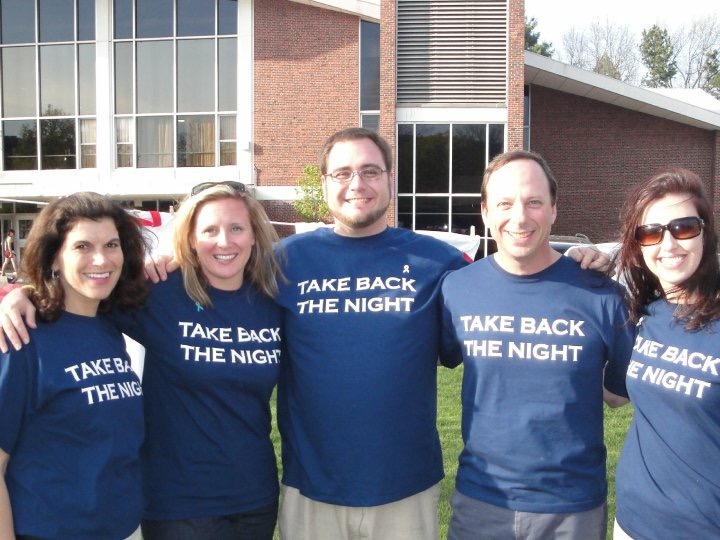Tell me more about your pain. Where do you feel it in or around your body? What does the pain look like? How long has the pain been there? Can we get curious about it? What does it want you to know?
Some clients can go through these questions with a level of openness and imagination. Some clients may have a quick reaction of “Hell NO” when asked to explore their pain. They want to talk about what to do to make the pain stop. I’ve also heard everything in between the extremes. It can be uncomfortable to make room for emotions that we don’t like or don’t want to feel.
Many of us are experts at what helps us numb the pain. We distract with Netflix binges. We over compartmentalize and try to lock those boxes away where we can’t feel them. We over eat. We shop. We drink. We use drugs. We overwork. We daydream. There are endless ways that we shut down uncomfortable thoughts and emotions. We all have our go to’s. Some days these methods “work.” But sometimes what we are trying to do to cope with the pain ends up causing us more pain.
“The problem is… that you cannot selectively numb emotions… You can’t numb the hard feelings without numbing the other affect and emotions. When we numb those we numb joy, we numb gratitude, we numb happiness, and then we are miserable and we’re looking for purpose and meaning. And then we feel vulnerable so we have a couple of beers and a banana nut muffin. And it becomes this dangerous cycle.”
A question that I often ask my clients is “How’s that working for you?” Then we explore how it helps and how it doesn’t. Whether it’s using substances or other avoidance tactics there is always a reason why we do the things we do. At one time it worked. That reinforced the behavior. Chances are though that it’s not working so well anymore. That’s why you are reading this blog. That’s why you are thinking about making a change.
There are some ways we numb the pain that are “less harmful” than others. All methods have the potential to become harmful especially when done to an extreme. When we continue to do something in an effort to cope despite negative consequences we are entering the realm of addiction. When we start talking about addiction whether that be to a substance or a compulsive behavior we also start to talk about judgement. Judgement may come from ourselves or from others. Likely it is both.
Part of me wants to stop and part of me doesn’t. When we acknowledged the ambivalence the work can truly begin. Tell me more about the part of you that wants to stop. Tell me more about the addict part. There are things to be learned from both.
It’s “easy” to numb the pain. It’s more challenging to make room for it. It’s “easy” to judge our addict part and our “bad behaviors.” We all have a critic inside that has a lot to say about what we do. It’s more challenging to spend some time with that addict and that critic (and the many other parts we have). These parts have a lot to say. They have been doing their best to help us through life. They have been trying to protect us from that pain.
In order for any behavior change to be lasting we need to look at what is fueling the behavior. There’s a reason for it. Once we get to know the part that feels like this behavior is the only solution we can start to heal it. Then we can look at our pain and begin to heal that.
I want to invite you to take a look at the ways you numb your pain. Maybe there’s a part that looses itself in TV. Maybe there’s a part that likes to shop. Maybe there’s a part that uses substances. Let’s get curious about the part. How long has that part been around? Do you remember what was happening when it came into existence? What does it fear would happen if you didn’t do this?
Next the inner work begins. Healing is possible. Change is possible.
“The question is not why the addiction, but why the pain.”
